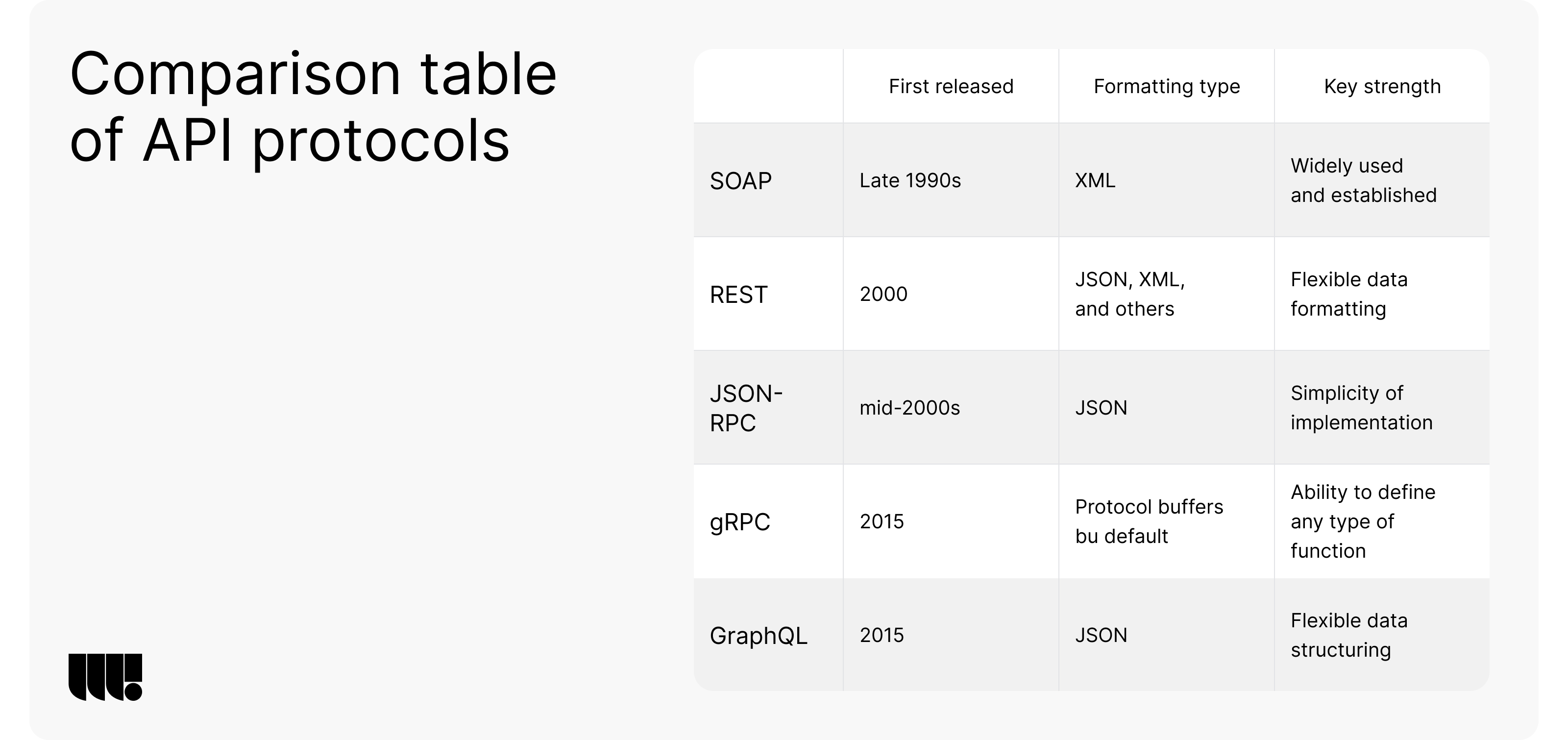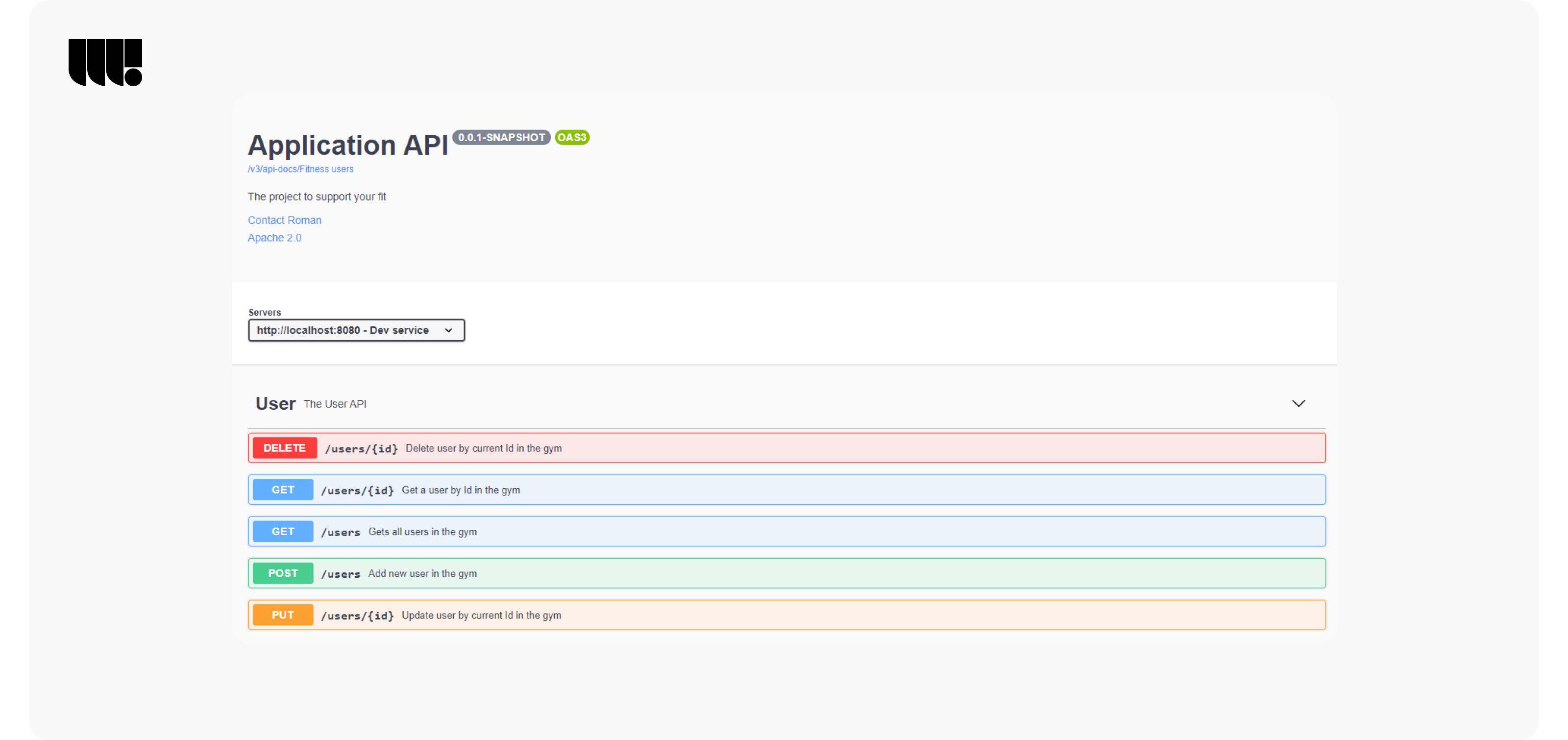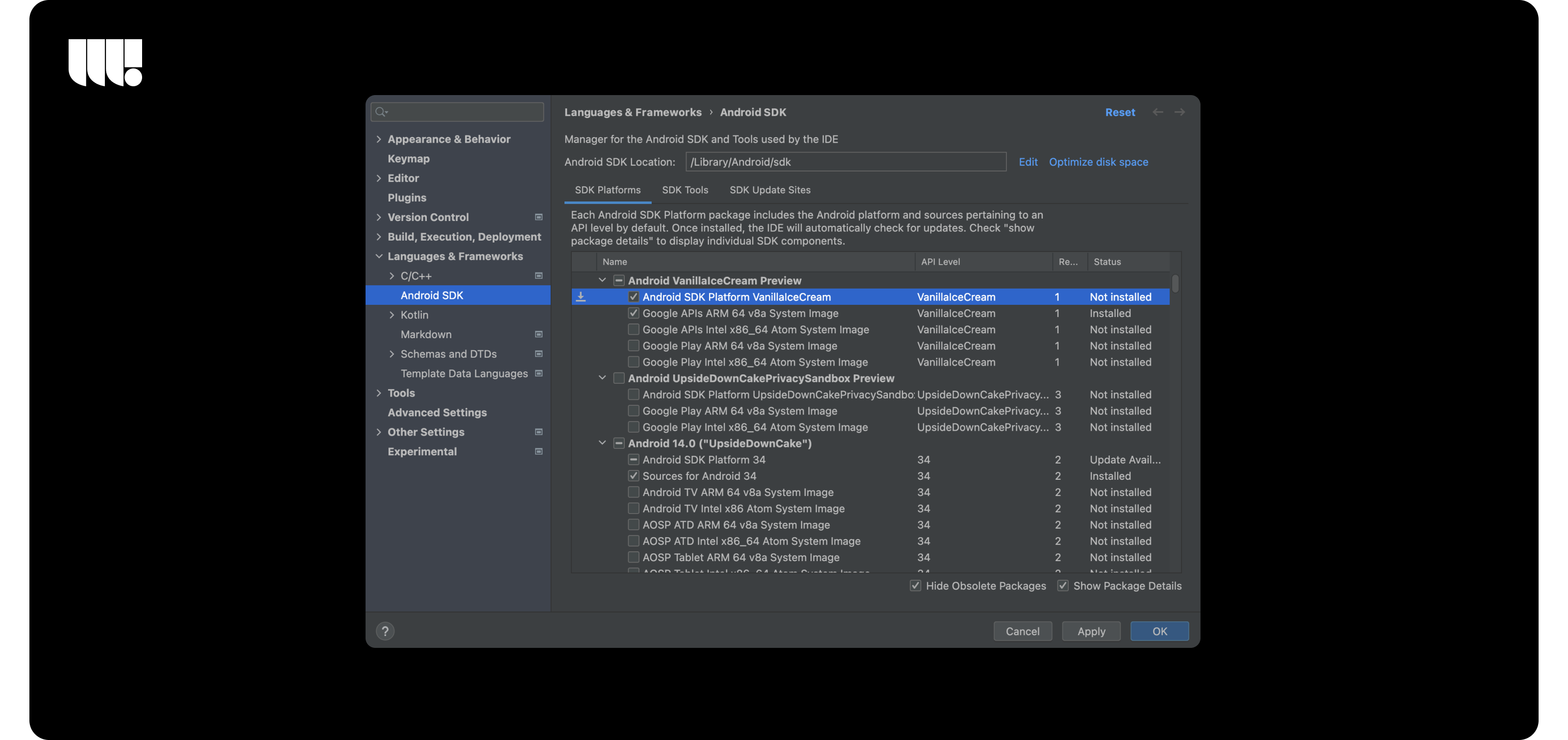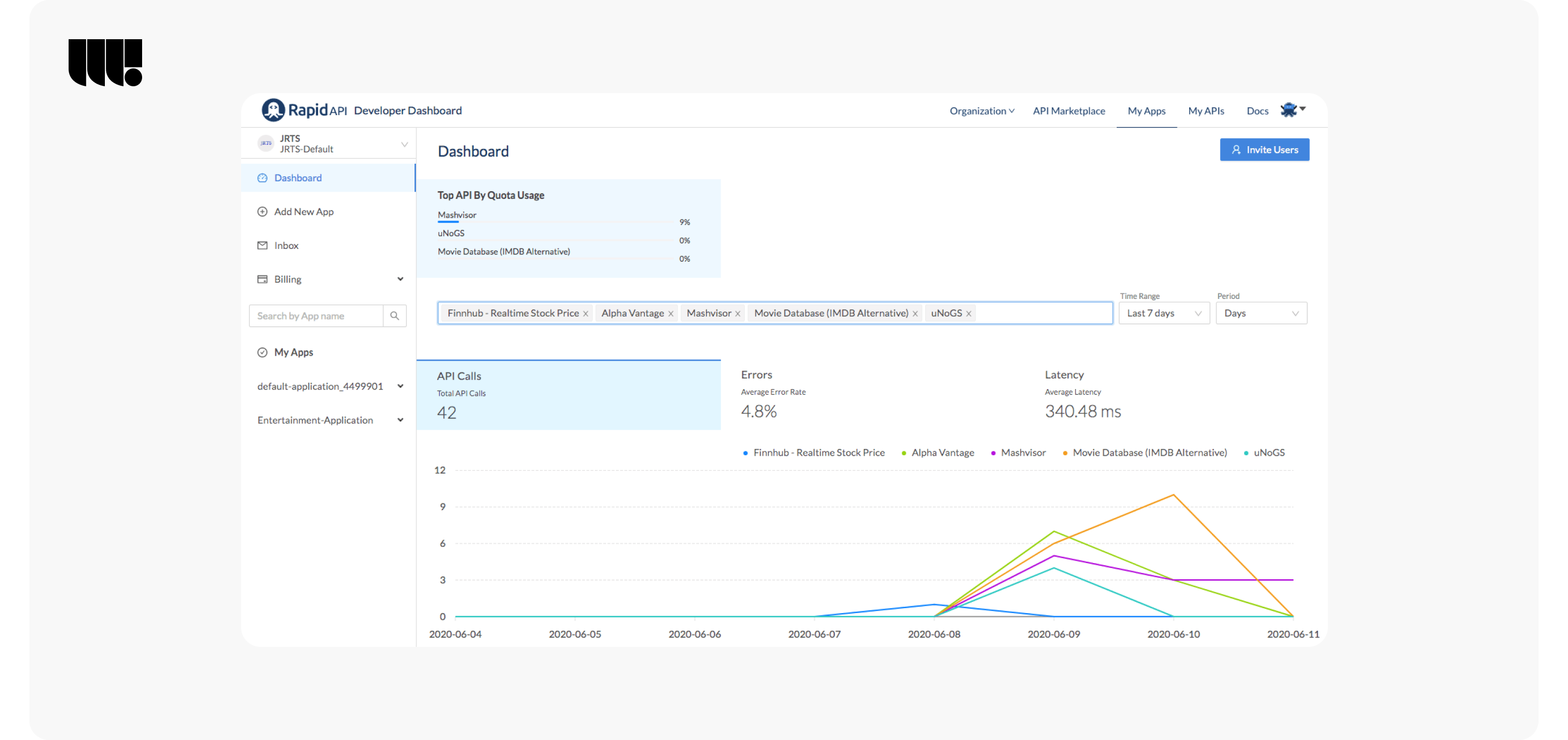Introduction
APIs (Application Programming Interfaces) are the backbone of modern software development, enabling different systems to communicate and share data seamlessly. Effective API development and integration are crucial for building scalable, secure, and high-performance applications. In this guide, we will explore the top 10 strategies for effective API development and integration, ensuring that your APIs are robust, user-friendly, and future-proof.
1. Understand the Requirements
Gathering Requirements from Stakeholders
Before starting any API development project, it’s essential to gather detailed requirements from all stakeholders. Understanding the needs and expectations of your users, developers, and business partners will help you define the API’s functionality and scope. Engage with stakeholders through meetings, surveys, and interviews to collect comprehensive input.
Defining API Functionality and Scope
Once you have gathered the requirements, define the API’s functionality and scope clearly. This includes specifying the endpoints, methods, data formats, and expected responses. A well-defined scope helps prevent scope creep and ensures that the API meets the users’ needs effectively.
2. Design for Scalability
Principles of Scalable API Design
Scalability is a critical factor in API design, especially as your user base grows. Design your API to handle increasing loads by distributing the workload across multiple servers or instances. Use load balancers to manage traffic efficiently and ensure that your API can scale horizontally.
Planning for Future Growth
Plan for future growth by designing your API with flexibility in mind. This includes using modular architecture, adopting microservices, and ensuring that your infrastructure can accommodate increased demand. Scalability planning helps avoid performance bottlenecks and ensures a smooth user experience.
3. Ensure Security
Implementing Authentication and Authorization
Security is paramount in API development. Implement robust authentication and authorization mechanisms to control access to your API. Use OAuth, OpenID Connect, or API keys to ensure that only authorized users can access your API endpoints.
Share your project idea with us! If our partnership isn't the right fit, we're happy to provide valuable insights that could still benefit you.
Protecting Data Integrity and Privacy
Protect data integrity and privacy by using encryption protocols like HTTPS and SSL/TLS. Ensure that sensitive data is encrypted both in transit and at rest. Regularly audit your security measures to identify and address vulnerabilities.
4. Use Standard Protocols and Formats
Adopting REST, SOAP, GraphQL
Use standard protocols like REST, SOAP, or GraphQL for your API. REST is widely used for its simplicity and scalability, SOAP for its robust security features, and GraphQL for its flexibility in querying data. Choose the protocol that best suits your application’s needs.
Utilizing JSON, XML, and Other Standard Formats
For data interchange, use standard formats like JSON, XML, or others as appropriate. JSON is preferred for its lightweight and easy-to-read structure, while XML is useful for complex data structures. Standard formats ensure compatibility and ease of integration.

5. Focus on Performance Optimization
Strategies for Improving API Performance
Optimize API performance by minimizing response times and reducing server load. Use techniques like caching, pagination, and data compression to enhance performance. Ensure that your API endpoints are designed to handle high volumes of requests efficiently.
Monitoring and Maintaining Optimal Performance
Continuously monitor your API’s performance using tools like New Relic, Nagios, or Prometheus. Track key performance metrics such as response time, error rates, and throughput. Regularly review and optimize your API to maintain high performance.
6. Implement Comprehensive Documentation
Creating User-Friendly API Documentation
Comprehensive documentation is essential for successful API adoption. Create clear, user-friendly documentation that includes endpoint descriptions, request and response examples, authentication methods, and error codes. Good documentation helps developers understand and use your API effectively.
Keeping Documentation Up to Date
Ensure that your documentation is always up to date with the latest API changes and enhancements. Use tools like Swagger or Postman to generate and maintain accurate documentation. Regular updates prevent confusion and ensure that users have access to the most current information.

7. Facilitate Easy Integration
Designing APIs for Ease of Integration
Design your APIs to be easy to integrate with various systems and platforms. Provide clear guidelines and examples to help developers get started quickly. Ensure that your API follows consistent naming conventions and design patterns to simplify the integration process.
Providing SDKs and Libraries
Offer Software Development Kits (SDKs) and libraries for popular programming languages. SDKs and libraries reduce the complexity of integration and provide developers with pre-built functions to interact with your API, enhancing their productivity and reducing the likelihood of errors.

8. Testing and Quality Assurance
Importance of Rigorous Testing
Thorough testing is crucial to ensure the reliability and stability of your API. Implement a comprehensive testing strategy that includes unit testing, integration testing, system testing, and user acceptance testing. Rigorous testing helps identify and resolve issues before they impact users.
Automated vs. Manual Testing
Use a combination of automated and manual testing to achieve optimal results. Automated testing is efficient for repetitive tasks and regression testing, while manual testing provides a human perspective to identify usability issues. Both approaches are necessary for thorough quality assurance.
9. Monitor and Analyze API Usage
Tools for Monitoring API Usage
Monitoring API usage is essential for understanding how your API is used and identifying potential issues. Use tools like Google Analytics, AWS CloudWatch, or API management platforms to track usage metrics, monitor performance, and detect anomalies.
Analyzing Usage Data for Continuous Improvement
Regularly analyze usage data to gain insights into user behavior and identify areas for improvement. Use this data to optimize your API, enhance user experience, and plan future updates. Continuous analysis helps ensure that your API remains relevant and valuable to users.

10. Plan for Versioning and Updates
Best Practices for API Versioning
API versioning is essential to manage changes and updates without disrupting existing integrations. Use clear versioning practices, such as URL versioning or header versioning, to indicate changes. Document the differences between versions to help developers transition smoothly.
Handling Deprecations and Updates
Plan for deprecating old versions of your API by providing ample notice and clear migration paths. Regularly update your API to incorporate new features, improvements, and security patches. Effective versioning and updates ensure long-term API stability and usability.
Conclusion
Effective API development and integration require careful planning, robust design, and continuous improvement. By following these top 10 strategies, you can create APIs that are scalable, secure, and easy to use, ensuring successful integration and long-term satisfaction for your users. Implement these best practices to enhance your API development process and deliver high-quality software solutions.












